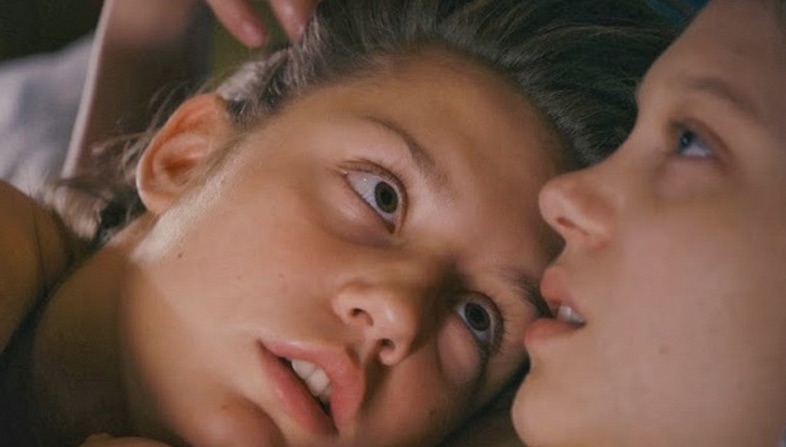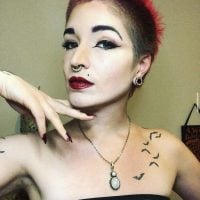Full disclosure here: I’m a bit of a geek and a fan of trivia—especially trivia that’s related to movies and books.
So, it should come as no surprise that today’s rant stems from a bit of trivia, namely, obscure Harry Potter trivia.
According to an interview in Entertainment Weekly, actor David Thewlis, who played Remus Lupin in the Harry Potter films, was quoted as saying:
“Alfonso Cuarón (the director of Harry Potter and the Prisoner of Azkaban), in the rehearsals, without J.K. Rowling’s knowledge, told me that (my character) was, in fact, gay. So, I’d been playing the part like a gay man for quite a long time. Until it turned out that I indeed got married to Tonks. I changed my whole performance after that. Just saw it as a phase he went through.”
Exploring this statement, I found some sources claiming that J.K. Rowling claimed that Lupin was an “ex-gay” who, over the course of the series, learns to be straight when he falls in love with Tonks, a female character. However, as the leading source of this latter claim seems to be a user’s comment on IMDb, I wouldn’t put too much stock in the claim that this is something Rowling said.
Why am I sharing this piece of trivia? Well, besides it being interesting to know from a geek perspective, I also find it to be telling as to how we, as a society, view sexual orientation.
Look at the language that was used in the above comment. Regardless of what the sexual orientation of Lupin’s character is supposed to be, Thewlis decided that, if Lupin was interested in men at one point and women at another, that must mean he was “going through a phase.”
And, regardless of whether J.K. Rowling was the one who identified Lupin as an “ex-gay” or not, that is a term that some fans have come to use in reference to him. So then, what is Lupin’s sexual orientation? He liked men at some point— women at others. It’s almost as though he likes both—as though he might be some sort of strange, previously unknown sexual orientation that lands somewhere between straight and gay—like some sort of bisexual or something!
Seriously though, why wasn’t this thing everyone thought when Lupin’s sexual orientation supposedly changed between movies? Why was there even a mention of “going through a phase,” of being an “ex-gay,” when we all know that bisexual people exist?
Or do we?
The issue of bi-visibility has been an ongoing one for the bisexual community for pretty much forever. In fact, there’s even a whole day in the year dedicated to spreading awareness about the existence of bisexual people, because apparently, the majority of people haven’t caught on yet.
Bisexual people are frequently assumed to be going through a phase that they’ll eventually grow out of—or overcome. Bisexual men are interpreted as being gay men who are simply afraid to come “all the way” out of the closet—as though coming out as bisexual isn’t coming all the way out.
Bisexual women are interpreted as straight women who are looking to impress men with promises of threesomes and getting to watch them make out with other women (because it always comes back to being about men in the end, somehow).
Or sometimes, bisexual people of both sexes are merely viewed as experimenting, being curious, being rebellious, but not actually being what they claim to be.
And, when it comes to real people with actual sexual orientations, we still tend to use a perspective that mirrors the one we saw with poor Lupin. When we see queer couples, we automatically assume that they are a gay or lesbian couple. A wedding between two men is always referred to as a gay wedding, even if it’s totally plausible that neither man is actually gay.
Do you know how many times I have seen someone come out of dating someone of the opposite gender to dating someone of the same gender, and the common response is, “Oh, so you’re gay now?” or, “I didn’t know you were gay!”
If you do this, or have done this, I’m not trying to make you feel bad about it. As human beings, we tend to want to separate everything into two categories, sometimes referred to as a “binary.” We want everything and everyone to be male or female, light or dark, straight or gay. And, when something doesn’t fit easily into that binary, we tend to ignore it—I mean, what have we done to gender non-conforming or intersex people?
But, the truth is the world doesn’t exactly work this way.
Of all adults living in the U.S.A. and identifying as gay, lesbian, or bisexual—bisexuals make up a slight majority (1.8 percent, compared to the 1.7 percent that identify as gay or lesbian). Of these people, not all of them can be confused, questioning, or “going through a phase.”
I identify as bisexual—and I have since I was 10 years old.
I tried to change myself. I tried to force myself to belong on either end of the binary, because that was what I thought people expected of me, but I just can’t change who I am. I just can’t not be bisexual, because the way I identify is real and unavoidable.
The truth is—we have been ignored for far too long. We have been dismissed as “not even an option” for far too long. We have been invisible for far too long. It’s time for that to stop.
It’s time for us to talk about bi-visibility.
~
Author: Ciara Hall
Image: Blue is the Warmest Colour/YouTube
Editor: Lieselle Davidson
Copy Editor: Leah Sugerman
Social Editor: Leah Sugerman









Read 2 comments and reply